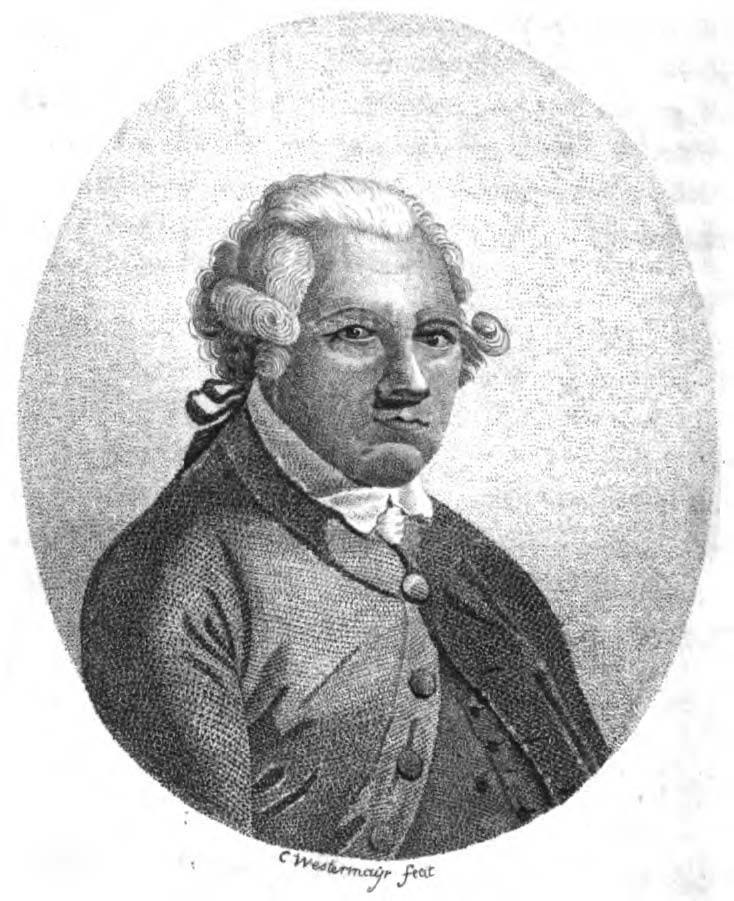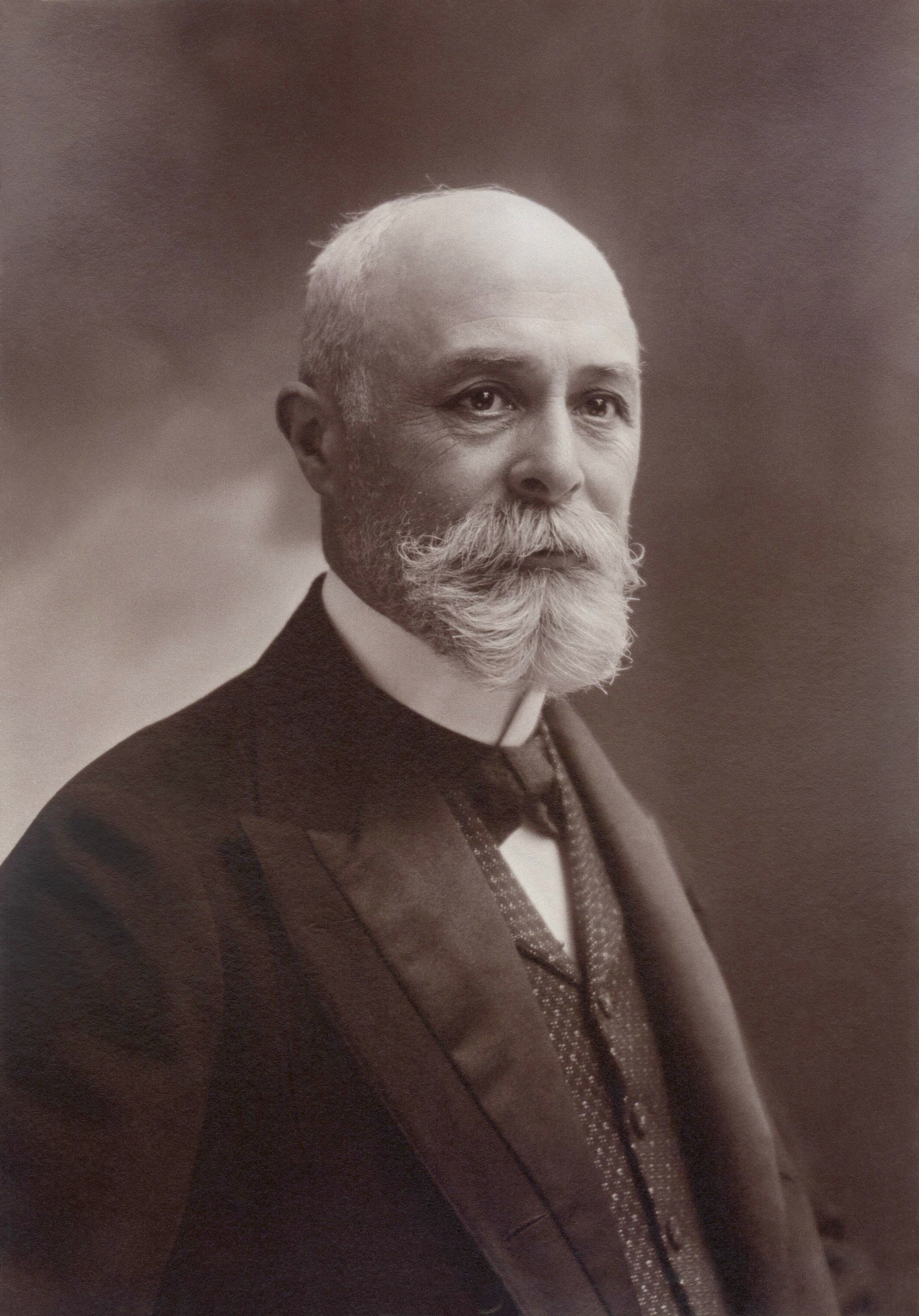|
Echosounder
Echo sounding or depth sounding is the use of sonar for ranging, normally to determine the depth of water (bathymetry). It involves transmitting acoustic waves into water and recording the time interval between emission and return of a pulse; the resulting time of flight, along with knowledge of the speed of sound in water, allows determining the distance between sonar and target. This information is then typically used for navigation purposes or in order to obtain depths for charting purposes. Echo sounding can also be used for ranging to other targets, such as fish schools. Hydroacoustic assessments have traditionally employed mobile surveys from boats to evaluate fish biomass and spatial distributions. Conversely, fixed-location techniques use stationary transducers to monitor passing fish. The word '' sounding'' is used for all types of depth measurements, including those that don't use sound, and is unrelated in origin to the word ''sound'' in the sense of noise or tone ... [...More Info...] [...Related Items...] OR: [Wikipedia] [Google] [Baidu] |
Sonar
Sonar (sound navigation and ranging or sonic navigation and ranging) is a technique that uses sound propagation (usually underwater, as in submarine navigation) to navigate, measure distances ( ranging), communicate with or detect objects on or under the surface of the water, such as other vessels. "Sonar" can refer to one of two types of technology: ''passive'' sonar means listening for the sound made by vessels; ''active'' sonar means emitting pulses of sounds and listening for echoes. Sonar may be used as a means of acoustic location and of measurement of the echo characteristics of "targets" in the water. Acoustic location in air was used before the introduction of radar. Sonar may also be used for robot navigation, and sodar (an upward-looking in-air sonar) is used for atmospheric investigations. The term ''sonar'' is also used for the equipment used to generate and receive the sound. The acoustic frequencies used in sonar systems vary from very low ( infrasonic) to e ... [...More Info...] [...Related Items...] OR: [Wikipedia] [Google] [Baidu] |
Bathymetry
Bathymetry (; ) is the study of underwater depth of ocean floors ('' seabed topography''), river floors, or lake floors. In other words, bathymetry is the underwater equivalent to hypsometry or topography. The first recorded evidence of water depth measurements are from Ancient Egypt over 3000 years ago. Bathymetry has various uses including the production of bathymetric charts to guide vessels and identify underwater hazards, the study of marine life near the floor of water bodies, coastline analysis and ocean dynamics, including predicting currents and tides. Bathymetric charts (not to be confused with '' hydrographic charts''), are typically produced to support safety of surface or sub-surface navigation, and usually show seafloor relief or terrain as contour lines (called '' depth contours'' or '' isobaths'') and selected depths ('' soundings''), and typically also provide surface navigational information. Bathymetric maps (a more general term where navigational safet ... [...More Info...] [...Related Items...] OR: [Wikipedia] [Google] [Baidu] |
Hydrography
Hydrography is the branch of applied sciences which deals with the measurement and description of the physical features of oceans, seas, coastal areas, lakes and rivers, as well as with the prediction of their change over time, for the primary purpose of safety of navigation and in support of all other marine activities, including economic development, security and defense, scientific research, and environmental protection. History The origins of hydrography lay in the making of charts to aid navigation, by individual mariners as they navigated into new waters. These were usually the private property, even closely held secrets, of individuals who used them for commercial or military advantage. As transoceanic trade and exploration increased, hydrographic surveys started to be carried out as an exercise in their own right, and the commissioning of surveys was increasingly done by governments and special hydrographic offices. National organizations, particularly navies, realize ... [...More Info...] [...Related Items...] OR: [Wikipedia] [Google] [Baidu] |
Depth Sounding
Depth sounding, often simply called sounding, is measuring the depth of a body of water. Data taken from soundings are used in bathymetry to make maps of the floor of a body of water, such as the seabed topography. Soundings were traditionally shown on nautical charts in fathoms and feet. The National Oceanic and Atmospheric Administration (NOAA), the agency responsible for bathymetric data in the United States, still uses fathoms and feet on nautical charts. In other countries, the International System of Units (metres) has become the standard for measuring depth. Terminology "Sounding" derives from the Old English ''sund'', meaning "swimming, water, sea"; it is not related to the word ''sound'' in the sense of noise or tones, but to ''sound'', a geographical term. Traditional terms for soundings are a source for common expressions in the English language, notably "deep six" (a sounding of 6 fathoms). On the Mississippi River in the 1850s, the leadsmen also used old-fashi ... [...More Info...] [...Related Items...] OR: [Wikipedia] [Google] [Baidu] |
Piezoelectricity
Piezoelectricity (, ) is the electric charge that accumulates in certain solid materials—such as crystals, certain ceramics, and biological matter such as bone, DNA, and various proteins—in response to applied mechanical stress. The piezoelectric effect results from the linear electromechanical interaction between the mechanical and electrical states in crystalline materials with no inversion symmetry. The piezoelectric effect is a reversible process: materials exhibiting the piezoelectric effect also exhibit the reverse piezoelectric effect, the internal generation of a mechanical strain resulting from an applied electric field. For example, lead zirconate titanate crystals will generate measurable piezoelectricity when their static structure is deformed by about 0.1% of the original dimension. Conversely, those same crystals will change about 0.1% of their static dimension when an external electric field is applied. The inverse piezoelectric effect is used in the pro ... [...More Info...] [...Related Items...] OR: [Wikipedia] [Google] [Baidu] |
Toulon
Toulon (, , ; , , ) is a city in the Provence-Alpes-Côte d'Azur region of southeastern France. Located on the French Riviera and the historical Provence, it is the prefecture of the Var (department), Var department. The Commune of Toulon has a population of 176,198 people (2018), making it France's 13th-largest city. It is the centre of an urban unit with 580,281 inhabitants (2018), the ninth largest in France by population. Toulon is the second largest French city by urban area on the Mediterranean coast after Marseille. Toulon is an important centre for naval construction, fishing, wine making, and the manufacture of aeronautical equipment, armaments, maps, paper, tobacco, printing, shoes, and electronic equipment. The military port of Toulon is the major navy, naval centre on France's Mediterranean coast, home of the French aircraft carrier ''French aircraft carrier Charles de Gaulle, Charles de Gaulle'' and her battle group. The French Mediterranean Fleet is based in ... [...More Info...] [...Related Items...] OR: [Wikipedia] [Google] [Baidu] |
English Channel
The English Channel, also known as the Channel, is an arm of the Atlantic Ocean that separates Southern England from northern France. It links to the southern part of the North Sea by the Strait of Dover at its northeastern end. It is the busiest Sea lane, shipping area in the world. It is about long and varies in width from at its widest to at its narrowest in the Strait of Dover."English Channel". ''The Columbia Encyclopedia'', 2004. It is the smallest of the shallow seas around the continental shelf of Europe, covering an area of some . The Channel aided the United Kingdom in becoming a naval superpower, serving as a natural defence against invasions, such as in the Napoleonic Wars and in the World War II, Second World War. The northern, English coast of the Channel is more populous than the southern, French coast. The major languages spoken in this region are English language, English and French language, French. Names Roman historiography, Roman sources as (or , ... [...More Info...] [...Related Items...] OR: [Wikipedia] [Google] [Baidu] |
Fessenden Oscillator
A Fessenden oscillator is an electro-acoustic transducer invented by Reginald Fessenden, with development starting in 1912 at the Submarine Signal Company of Boston. It was the first successful acoustical echo ranging device. Similar in operating principle to a dynamic voice coil loudspeaker, it was an early kind of transducer, capable of creating underwater sounds and of picking up their echoes. The creation of this device was motivated by the RMS ''Titanic'' disaster of 1912, which highlighted the need to protect ships from collisions with icebergs, obstacles, and other ships. Because of its relatively low operating frequency, it has been replaced in modern transducers by piezoelectric devices. Oscillator The ''oscillator'' in the name referred to the fact that the device vibrated and moved water in response to a driving AC current. It was not an electronic oscillator but a mechanical one in that it generated repetitive mechanical vibrations. Electronic oscillators did ... [...More Info...] [...Related Items...] OR: [Wikipedia] [Google] [Baidu] |
Echo Sounding USN
In audio signal processing and acoustics, an echo is a reflection (physics), reflection of sound that arrives at the listener with a delay after the direct sound. The delay is directly proportional to the distance of the reflecting surface from the source and the listener. Typical examples are the echo produced by the bottom of a well, a building, or the walls of enclosed and empty rooms. Etymology The word ''echo'' derives from the Greek ἠχώ (''ēchō''), itself from ἦχος (''ēchos''), 'sound'. Echo (mythology), Echo in Greek mythology was a mountain nymph whose ability to speak was cursed, leaving her able only to repeat the last words spoken to her. Nature Some animals, such as cetaceans (dolphins and whales) and bats, use echo for location sensing and navigation, a process known as Animal echolocation, echolocation. Echoes are also the basis of sonar technology. Acoustic phenomenon Walls or other hard surfaces, such as mountains and privacy fences, reflect acous ... [...More Info...] [...Related Items...] OR: [Wikipedia] [Google] [Baidu] |
Principle Of SBES
A principle may relate to a fundamental truth or proposition that serves as the foundation for a system of beliefs or behavior or a chain of reasoning. They provide a guide for behavior or evaluation. A principle can make values explicit, so they are expressed in the form of rules and standards. Principles unpack the values underlying them more concretely so that the values can be more easily operationalized in policy statements and actions. In law, higher order, overarching principles establish rules to be followed, modified by sentencing guidelines relating to context and proportionality. In science and nature, a principle may define the essential characteristics of the system, or reflect the system's designed purpose. The effective operation would be impossible if any one of the principles was to be ignored. A system may be explicitly based on and implemented from a document of principles as was done in IBM's 360/370 ''Principles of Operation''. It is important to differen ... [...More Info...] [...Related Items...] OR: [Wikipedia] [Google] [Baidu] |
Nuclear Physics
Nuclear physics is the field of physics that studies atomic nuclei and their constituents and interactions, in addition to the study of other forms of nuclear matter. Nuclear physics should not be confused with atomic physics, which studies the atom as a whole, including its electrons. Discoveries in nuclear physics have led to applications in many fields such as nuclear power, nuclear weapons, nuclear medicine and magnetic resonance imaging, industrial and agricultural isotopes, ion implantation in materials engineering, and radiocarbon dating in geology and archaeology. Such applications are studied in the field of nuclear engineering. Particle physics evolved out of nuclear physics and the two fields are typically taught in close association. Nuclear astrophysics, the application of nuclear physics to astrophysics, is crucial in explaining the inner workings of stars and the origin of the chemical elements. History The history of nuclear physics as a discipline ... [...More Info...] [...Related Items...] OR: [Wikipedia] [Google] [Baidu] |









